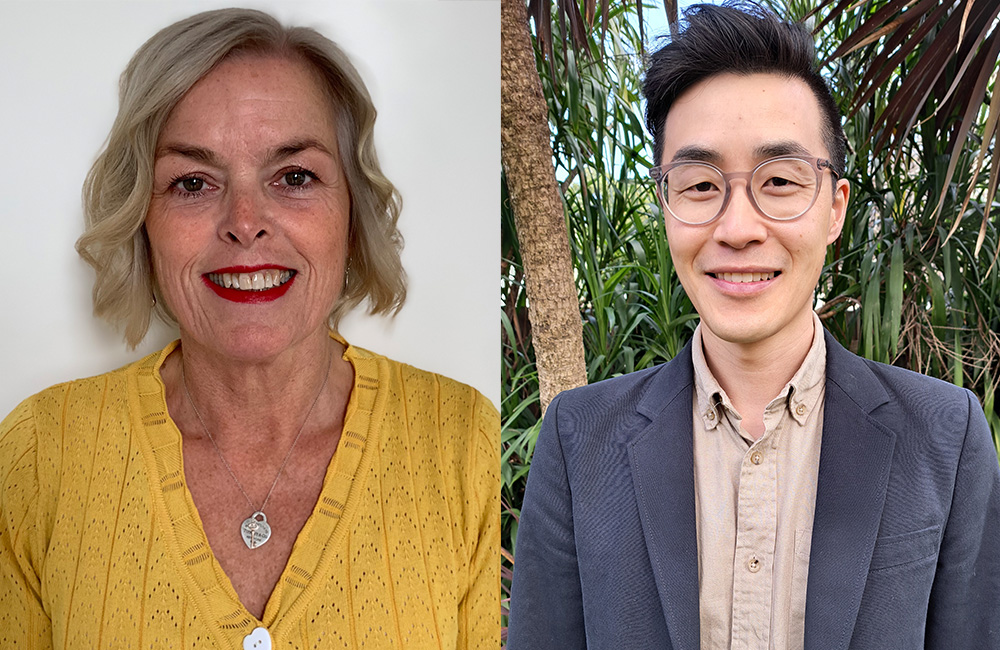The evolution of child protection
“Child rights and child protection are synonymous. You can’t have one without the other,” says Karen Flanagan AM, Save the Children Australia’s Principal Advisor for Child Protection.
“A child rights approach sees children as having rights and as being active agents in their own life, as people who have a right to shape their own lives,” adds Howard Choo, who is the Australian Policy and Advocacy Lead for Save the Children.
Karen and Howard join us to discuss the continuing evolution of child protection in recognition of National Child Protection Week.
A good starting point
National Child Protection Week, which aims to promote a safe and supported life for every child, runs from 3-9 September. The theme for 2023 is ‘Where we start matters’. This reflects the impact that our starting point in life has on our long-term outcomes. It also serves as a reminder of the influence that starting points for child protection practitioners and decision-makers have on children, families and communities.
For Karen, where she started in child protection has had a profound impact on the practitioner she is today. “I grew up in Northern Ireland and I started as a social worker in Belfast at the height of the Troubles, as they were affectionately known, and I suppose that really shaped who I am today.”
In her career she has seen important developments in the work of child protection. “In the last 30 years, child protection has certainly evolved to the forefront. It's not seen as an incidental discipline … brain science has been the biggest catalyst, I think for our sector, which has led to that trauma informed practice.”
“The idea of a trauma informed approach,” says Howard, “is essentially to recognise that children who are in contact with child protection have nearly always experienced trauma by definition … a critical part of responding to trauma is actually empowering children and enabling them to be heard in ways that are safe.”

Save the Children Australia’s Principal Advisor for Child Protection Karen Flanagan AM (left), and Australian Policy
and Advocacy Lead Howard Choo (right), discuss the past, present and future of Child Protection in Australia.
Green shoots
While Howard began his role with Save the Children four years ago, his interest in child protection started from his hope of a just society. “It really comes from an interest in social justice and wanting to make sure that our society is as fair as possible. Once you start going down that road, you have to begin with childhood and with child protection,” he says.
Reflecting on developments in child protection over his four years in the role, Howard is not ready to celebrate, but he sees promise.
“When I think about where the green shoots are, I think that there's been more recognition of the importance of First Nations self-determination in child protection … and I think there are some positive moves towards hearing the voices of children and understanding what their experiences are and what they're asking for when they're involved with child protection.”
Where we start is not where we end
When it comes to improving the future of child protection in Australia, Karen says that there are important steps for governments and communities to take to put children at the centre, but that first we need to reflect on ourselves.
“It has to start within our own organisation. Have we got our Child Safeguarding policies and procedures in place and are we listening to children and the families that we serve and asking them what they need? It's about a participatory approach to developing and designing programs that communities want and that they can sustain for good outcomes for children.”
“The other really critical thing is to focus on the root causes that are driving risks to children's safety,” says Howard, “root causes, like poverty, like institutional racism. Often that flows from the legacy of colonisation and dispossession of First Nations peoples … it's only by addressing those root causes and intervening well upstream and early before a family gets to the point of crisis that we can truly protect children and uphold their rights.”
For Save the Children Australia, addressing these internal and systemic challenges for child protection are critical to achieving the five ambitious goals of our 2024 Strategy. These include a safe return to school and learning for all children; more children living free from violence; reduction in the number of children in detention; more resilient families with resources to support children; and a healthy start in life for all children.